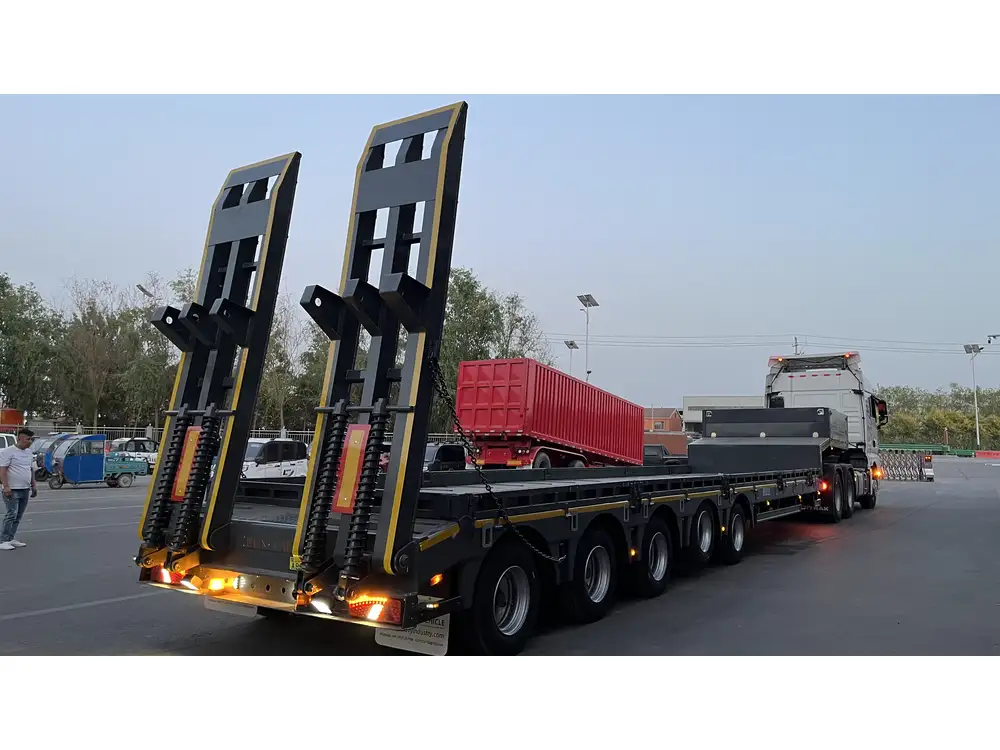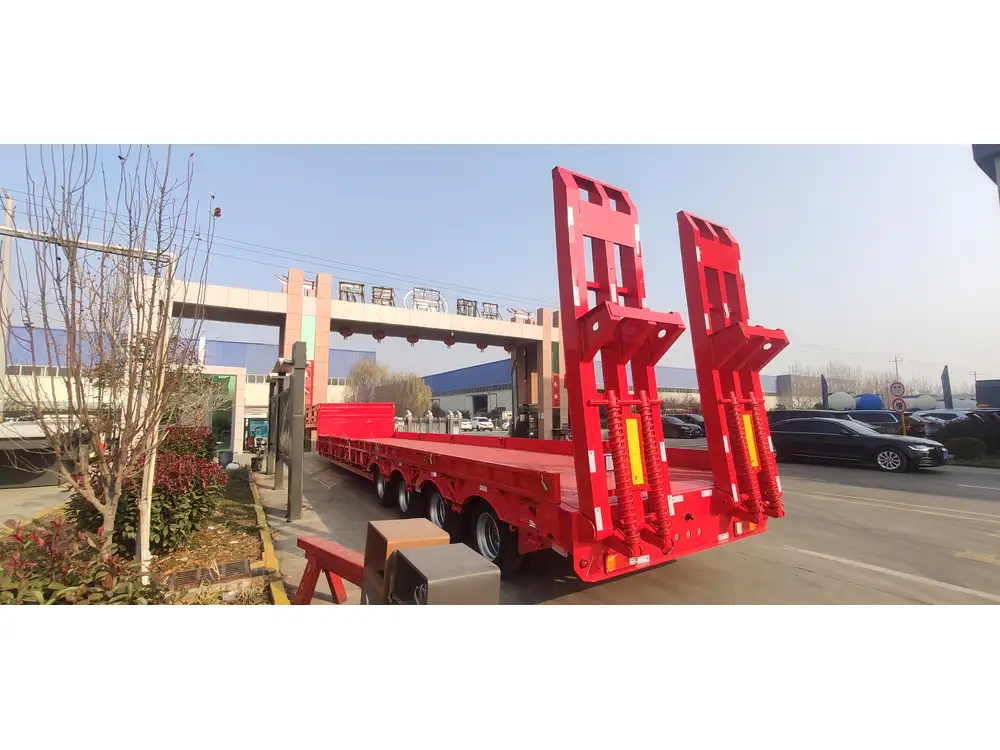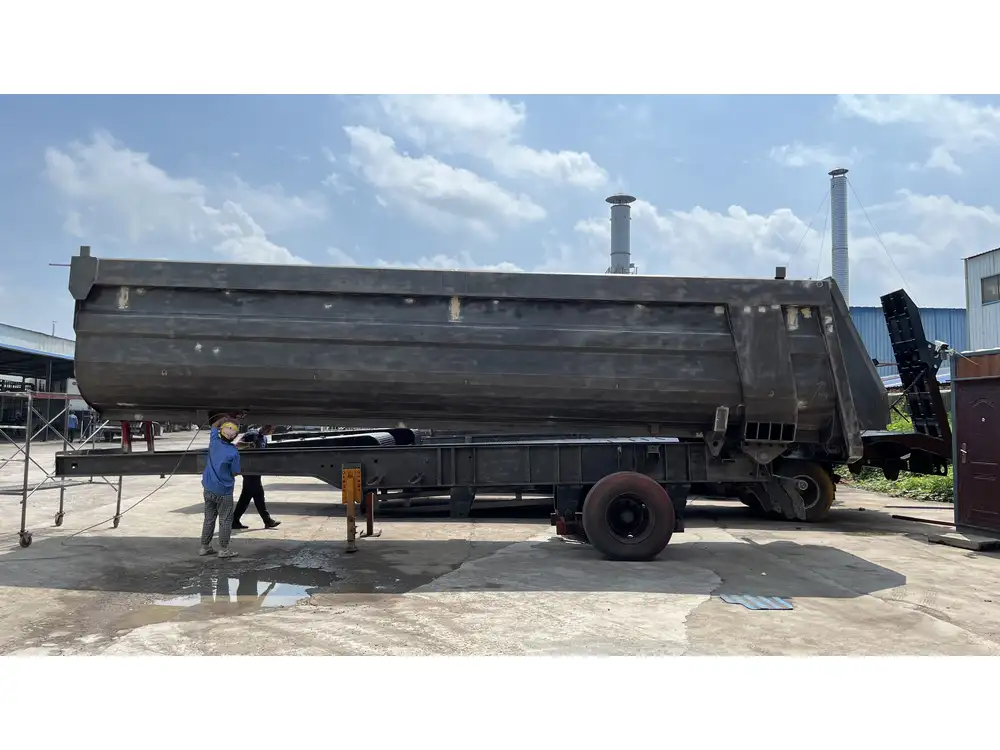When it comes to the smooth operation of semi-trailers, understanding the intricacies of axle management is vital. Properly tying up an axle can prevent costly damage, minimize wear and tear, and ensure a safer journey on the road. This guide provides a detailed look at the step-by-step process, including vital considerations, common pitfalls, and expert tips to help you master the art of axle securing.
Importance of Securing Axles on Semi-Trailers
Before delving into the “how-to,” it’s crucial to comprehend why securing axles appropriately matters. Axles play a pivotal role in the overall performance and stability of a trailer. Inadequately secured axles can lead to:
- Excessive Wear: Loose axles can cause uneven tire wear, leading to premature tire failure.
- Safety Hazards: In extreme cases, unsecured axles may result in loss of control, risking accidents.
- Increased Maintenance Costs: Damage arising from not securing axles can escalate routine maintenance expenses.
In summary, securing axles effectively safeguards the longevity and safety of your semi-trailer.
Step-by-Step Guide on How to Tie Up an Axle on a Semi-Trailer

Step 1: Gather Your Tools
Before beginning the process, ensure that you have all necessary tools at hand. This will save you time and ensure efficiency. Common tools include:
| Tool | Purpose |
|---|---|
| Ratchet straps | To secure the axle in place |
| Wrench set | Adjustments to hardware |
| Safety gloves | For protection |
| Measuring tape | To ensure proper fitting |
| Torque wrench | Ensures proper tension |
Step 2: Prepare the Trailer
- Safety First: Engage the parking brakes and ensure the semi-trailer is parked on a flat surface.
- Inspect the Axle: Before tying it up, examine the axle for any signs of wear or damage. Pay special attention to components such as bushings and bearings.
Step 3: Position the Axle
Align the axle so that it is properly seated within its mounting brackets. For axles with multiple mounting positions, choose the position that best fits the trailer’s specific load requirements.

Step 4: Secure the Axle with Ratchet Straps
- Select the Right Ratchet Strap: Choose ratchet straps rated for the weight/load capacity of your semi-trailer.
- Loop the Strap: Begin by looping the ratchet strap around the axle tube, ensuring it is flat against the surface to prevent slippage.
- Thread the Strap: Insert the strap end through the ratchet mechanism. Pull the loose end to create tension, ensuring the strap is secure but not overly tight.
- Ratchet Down: Use the ratchet handle to tighten the strap until it is snug against the axle, providing adequate support without straining the components.
Step 5: Check Alignment and Tension
- Visual Inspection: Double-check that the axle is aligned correctly and the straps are evenly distributed.
- Tension Test: Pull on the strap to ensure it is secure. It should not move when applying moderate pressure.
Step 6: Finalize and Document
- After securing the axle, take a moment to document the process. Note the measurements and conditions for future reference.
- Additionally, consider maintaining a visual checklist of axle conditions to improve proactive maintenance practices.

Common Mistakes to Avoid
While the process of tying up an axle might seem straightforward, several pitfalls can compromise the effectiveness of your efforts. Here, we outline common mistakes and how to avoid them:
1. Using Incorrect Straps
Using straps that are not rated for the load can lead to failure during transit. Always check the weight capacity of your equipment.
2. Over-Tightening or Under-Tightening
Straps that are too tight can cause damage to the axle, bearings, and bushings, while those that are too loose will not provide any real support. Always aim for the right balance.

3. Neglecting Inspections
Failing to inspect the axle regularly can lead to unnoticed wear and tear, ultimately leading to more severe issues down the line.
4. Ignoring Environmental Factors
Weather conditions can impact the performance and integrity of securing mechanisms. Ensure that all components are suitable for the specific environment (e.g., moisture-resistant straps for humid climates).
Advanced Tips for Expert-Level Axle Securing
Utilize Spacers: When securing an axle for extended periods, consider using spacers. These help maintain proper alignment and prevent the axle from shifting during transportation.
Periodic Checks During Transit: If you’re on a long haul, stop periodically to check the tension of the straps and the condition of the axle. This ensures that it remains secured through varying conditions.
Implement a Maintenance Schedule: Create a timetable for regular inspections and maintenance of the axle. Regular maintenance can prevent disaster before it strikes.
Use Additional Supports: For heavy-duty applications, supplement ratchet straps with other securing methods, like wooden blocks or additional metal braces, to ensure total stability.
Stay Educated: Keep updated on any advancements in axle securing technology or changes in industry standards. Joining workshops or trade associations can provide valuable continuous education opportunities.

Frequently Asked Questions
What is the difference between a single axle and a multi-axle setup?
- Single Axle: Generally found in smaller trailers, they provide a lighter load capacity but are easy to maneuver.
- Multi-Axle: Offers increased load capacity and stability. However, they can require more sophisticated tying methods due to their complexity.
How often should axles be checked and maintained?
Best practice suggests checking the axles and securing mechanisms every month, with a more thorough inspection every quarter. Adjust according to the frequency of use and load.

What are the best materials for securing straps?
Nylon and polyester are the preferred materials for securing straps due to their durability, resistance to UV damage, and excellent tensile strength.
Conclusion
Mastering the process of tying up an axle on a semi-trailer is not just about securing a component; it’s about ensuring safety, extending the lifespan of your investment, and promoting efficiency within your operations. As potential hazards lurk around every corner in the trucking industry, a thorough understanding of axle maintenance and securing techniques is indispensable.
By employing the steps outlined in this guide, coupled with ongoing maintenance practices, you will not only enhance your operational efficiency but also foster a culture of safety that will benefit all stakeholders. Whether you are a seasoned veteran or a newcomer in the world of trucking, embracing these practices will ensure that your journeys remain smooth and trouble-free.



